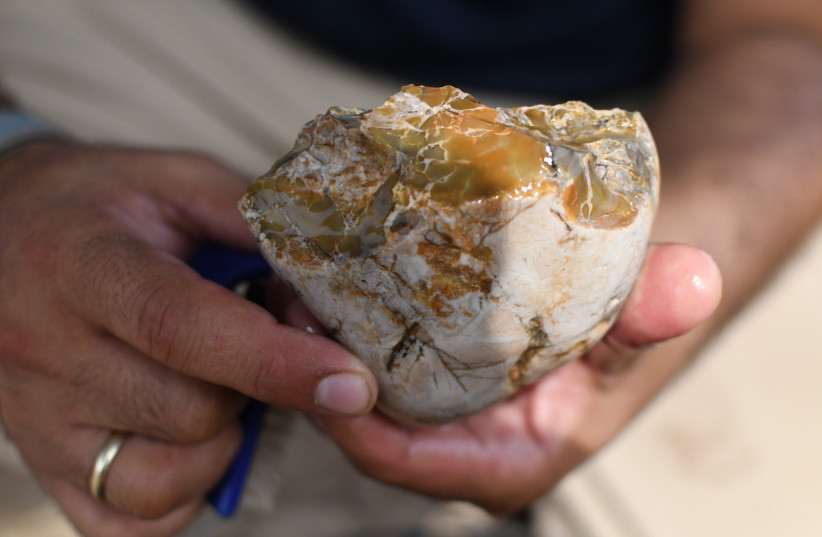Paleontologists discovered an elephant graveyard from 5.5 million years ago in Florida, according to press reports from June 1.
The graveyard is filled with bones belonging to gomphotheres, an extinct ancestor of the modern-day elephant.
The paleontologists uncovered the full skeletons of at least one adult and seven infant gomphotheres. The adult measured 2.4 meters tall, while the head and tusks had an estimated length of 2.7 meters.
"Not only were the bones much larger than any of the other individuals that we've seen, but they were actually in place as if the animal had just laid down and died," said Jonathan Bloch, a curator of vertebrate paleontology at the Florida Museum of Natural History, according to livescience.com.
How were the remains found?
The excavation efforts began in 2022 after a volunteer had located a particularly large gomphothere's bone at the Gainesville site. The archaeological site had already proved fruitful in previous excavations.

"I started coming upon one after another of toe and ankle bones," said Dean Warner, the volunteer who found the bone, in a statement. "As I continued to dig, what turned out to be the ulna and radius [long arm bones] started to be uncovered."
"It was very exciting because this gave us an opportunity to not only see what an adult [gomphothere] would have looked like, but also to very carefully document each and every bone in its skeleton," said Bloch. "That's exciting from a scientific perspective if you're trying to understand the anatomy of these animals and something about their biology and evolution."
While the bodies were located close together, the scientists believe that they died hundreds of years apart. The researchers believe that the adult had died from drowning at the location, while the infants had died at other locations and the water transported the bodies.
